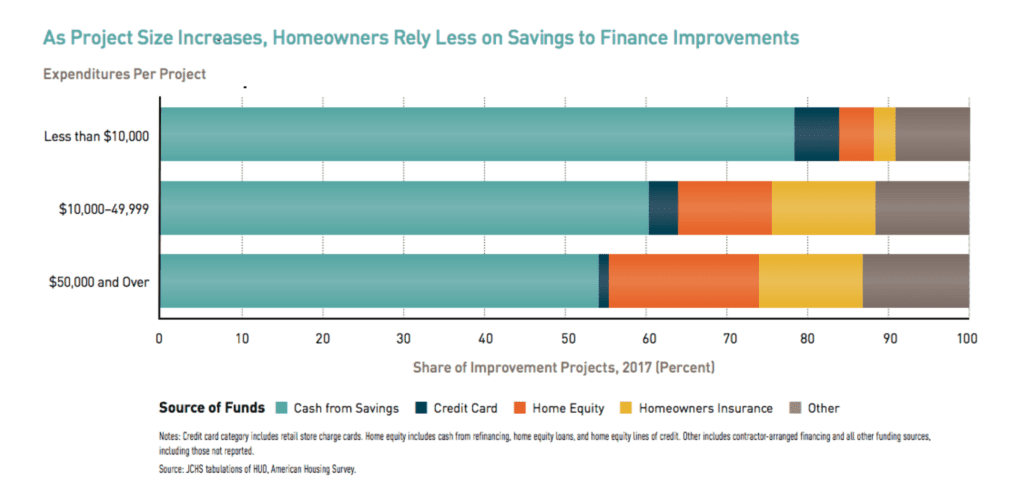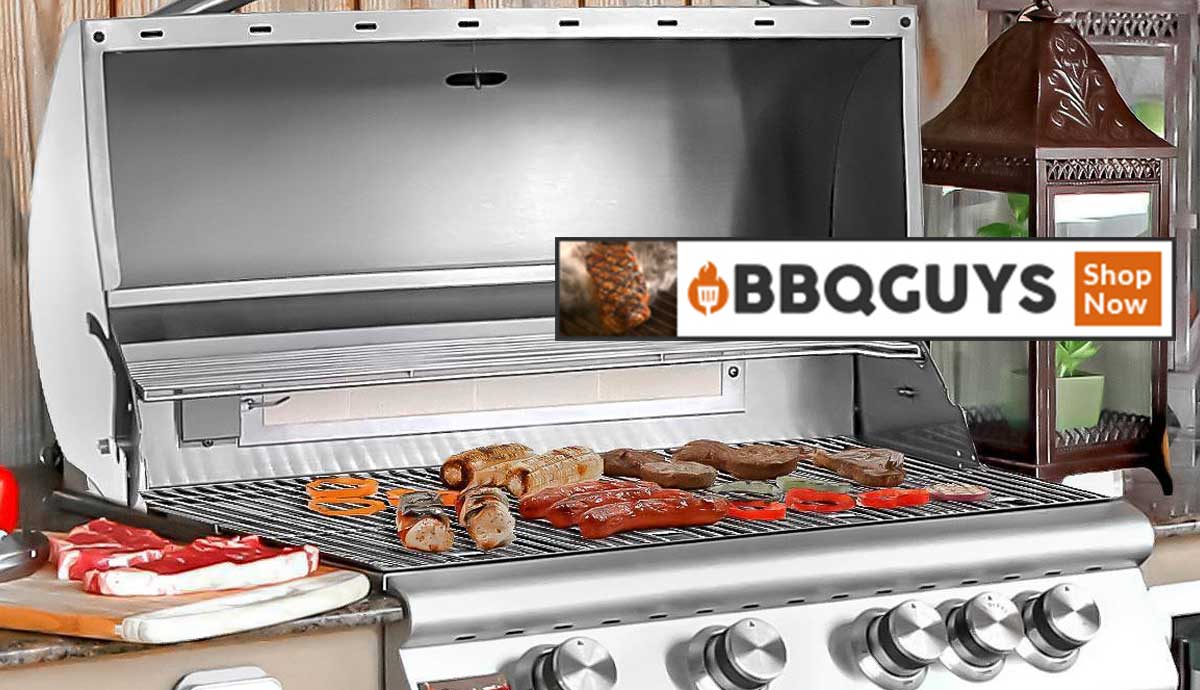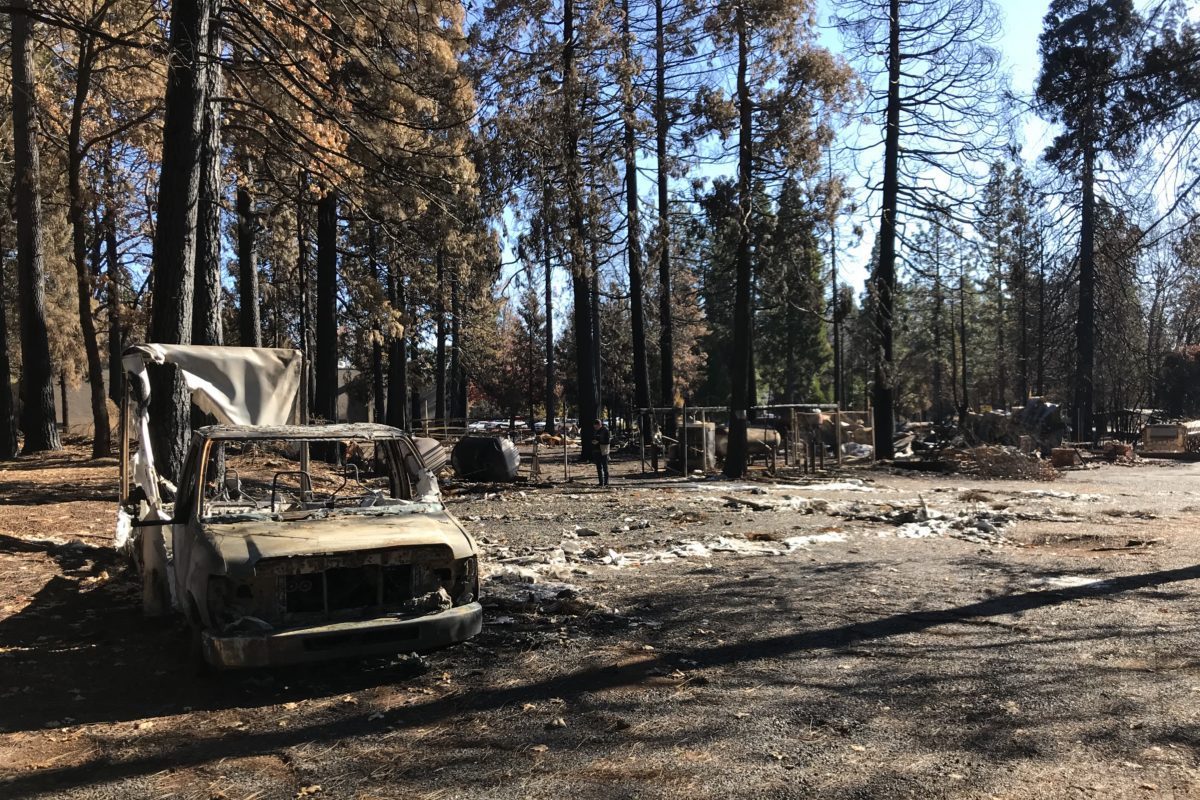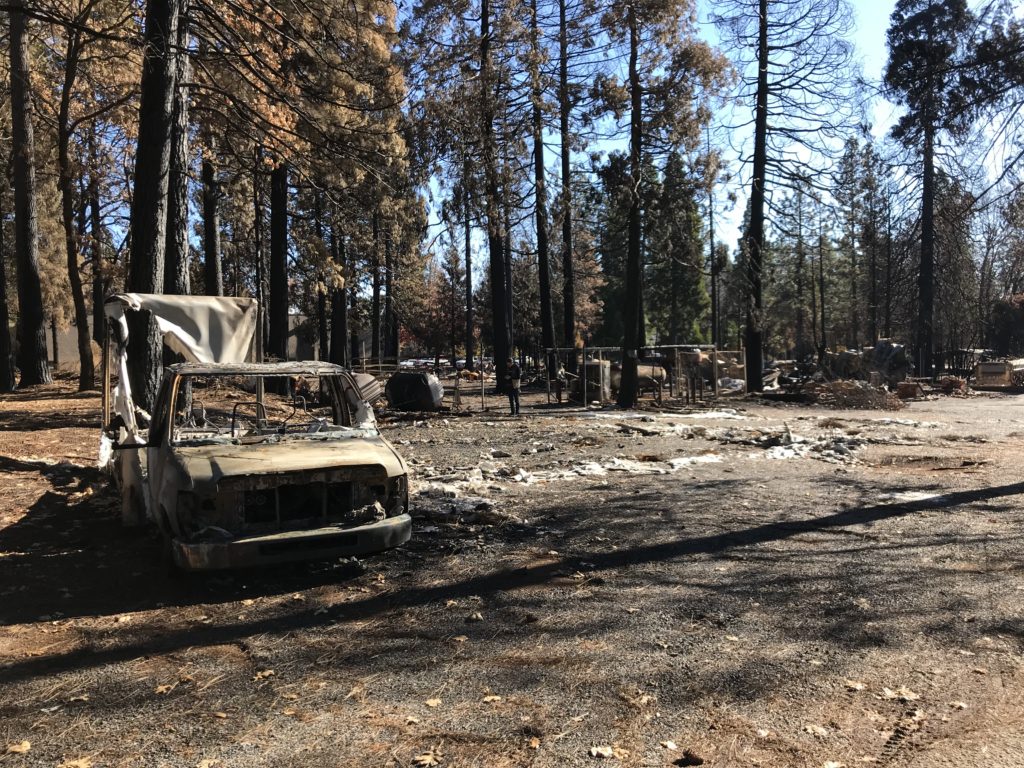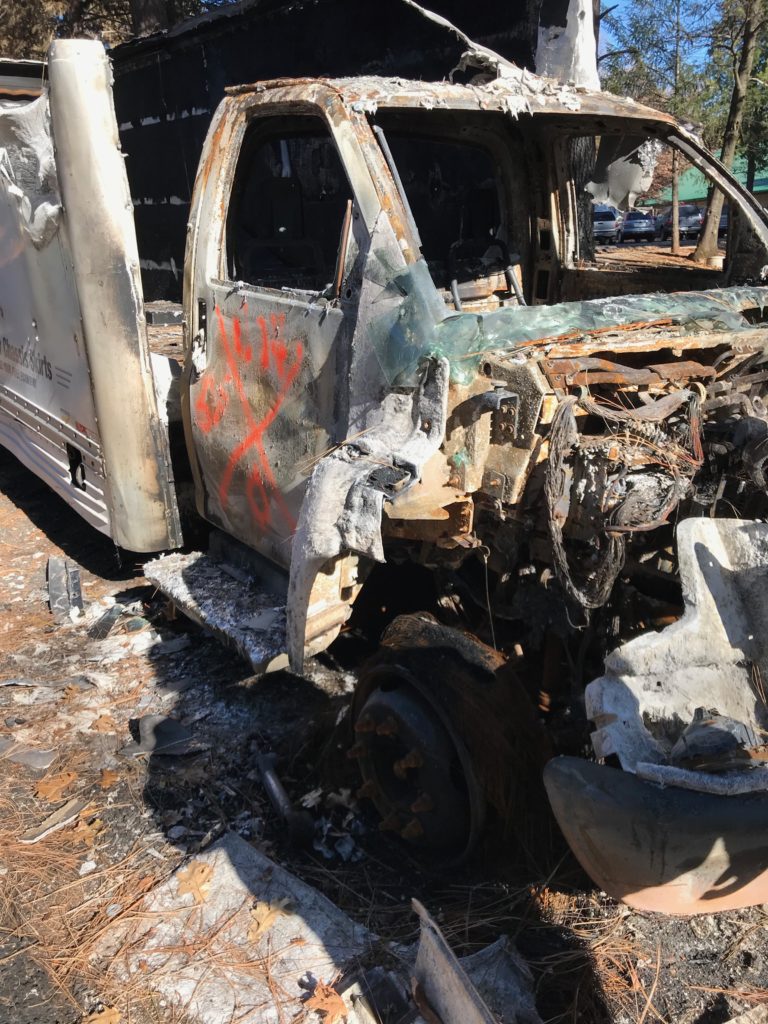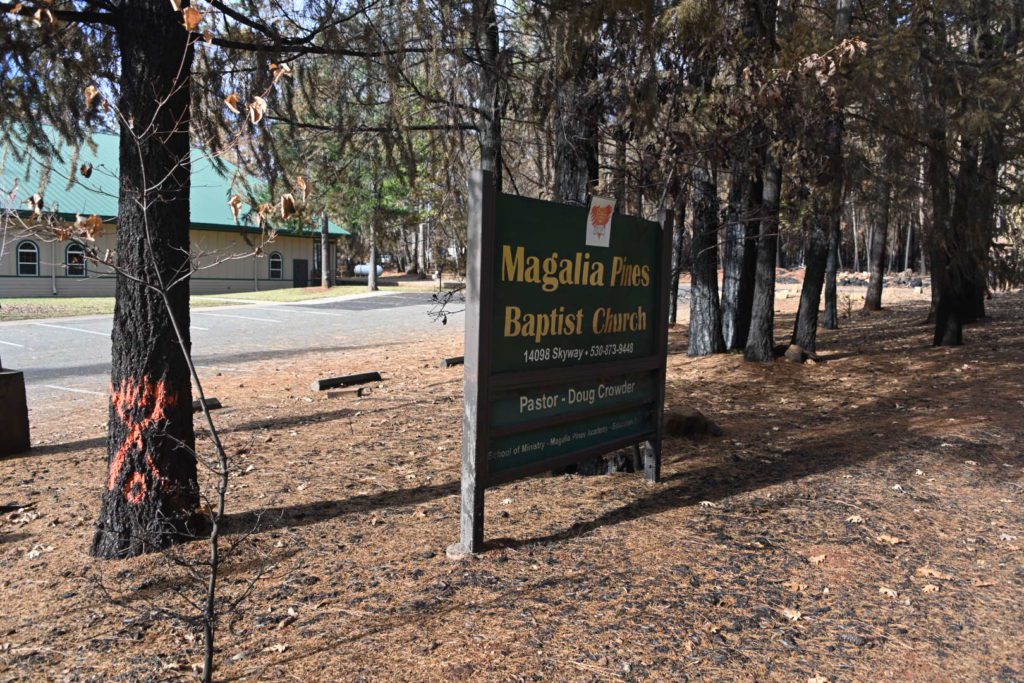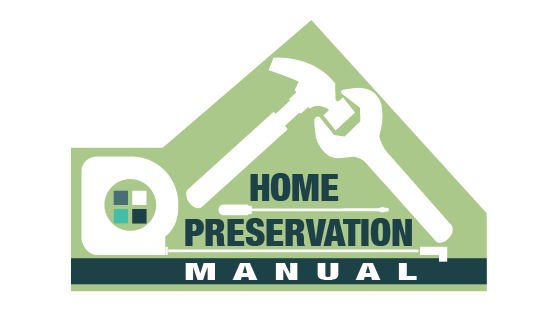Carbon Study Determines Remodeling Is Better Than Building New
Architects, designers, magazines, websites and builders all present good arguments for homeowners to build new houses. Unfortunately lowering your carbon footprint is NOT one of them. A new study compares the difference between building new vs remodel carbon footprint.

While true that a new house can require far less energy to run than an older home, tearing down an old structure and building a new one generates tons of CO2. 80 tons or so actually, and all for just a 1400 sft cottage according to one study. A relatively small home by US standards.
New homes are far costlier to the environment than renovating and maintaining older properties.
Carbon footprint is a horribly abused phrase, so it’s worth spelling out exactly what it means.
When talking about climate change ie global warming, footprint is a metaphor for the total impact that something has. And carbon is shorthand for all the different greenhouse gases that contribute to global warming.
The term carbon footprint, therefore, is a shorthand to describe the best estimate that we can get of the full climate change impact of something. That something could be anything – an activity, an item, a lifestyle, a company, a country or even the whole world.
Human caused global warming is a result of the release of certain types of gas into the atmosphere. The largest man-made greenhouse gas is carbon dioxide (CO2). This gas is emitted whenever we burn fossil fuels (coal, petroleum, wood or natural gas) in homes, factories or power stations. But other greenhouse gases are also important. Methane (CH4), for example, which is emitted mainly by agriculture and landfill sites, is 25 times more potent per kilogram than CO2. Even more potent but emitted in smaller quantities are nitrous oxide (N2O), which is about 300 times more potent than carbon dioxide and released mainly from industrial processes and farming, and refrigerant gases, which are typically several thousand times more potent than CO2.
True footprints are heavy
To give an example, the true carbon footprint of driving a car includes not only the emissions that come out of the exhaust pipe, but also all the emissions that take place when oil is extracted, shipped, refined into fuel and transported to the petrol station, not to mention the substantial emissions caused by producing and maintaining the car.

New house footprint
The carbon footprint of building a house also depends on all kinds of things – including, of course, the size of the house and the types of materials chosen. Be sure to see my article on How Many Trees to Build a Home. For this article, the subject homes were based on a study for Historic Scotland.
The estimate of 80 tons calculated above was for the tearing down and reconstruction of simple but energy efficient, brand-new, 1400sft cottages. The homes had two bedrooms upstairs, with two reception rooms and a kitchen downstairs.
The study looked at the climate change implications of various options for these traditional cottages in Dumfries. The options were: leave as it is, refurbish, or knock it down and build a new one. The study looked at the climate change impact for each option over a 100-year period, taking into account the embodied emissions in the construction and maintenance as well as the energy used and generated by those living in the building.
The results of the study
The worst option by far was to do nothing and leave the old house leaking energy.
The second worst option was knocking down the old structure and building new. This produced about 80 tons CO2e. Eighty tons is a lot of course, but a house may last for a century or more (hopefully). If so the “annual” carbon cost is much less – and for all the new-build options, the up-front emissions from construction work will be paid back by savings from better energy efficiency in 20 years.
The winning option was to refurbish the old house, because the carbon investment of doing this was just eight tons CO2e. Even the highest-specification, highest-cost newbuild option could not catch up this advantage over even a 100-year period. Once the actual cost was taken into account, refurbishment became dramatically the most practical and attractive option. This makes sense because saving the existing structure also saves all the embodied footprint of the original materials that do not have to be mined or manufactured or shipped.
Conclusion
This of course is just one study. But I believe the concept is representative. If so, the bottom line for the new home building industry is clear. Even at the very highest levels of energy-efficiency, newly constructed homes are a step backward as far as saving carbon vs remodeling. Better is to default to remodeling and save new construction for when there is no other alternative.
Investing in improvements to existing homes is dramatically more cost-effective CO2-wise than building new. Can the same be said of new or electric cars?
Resources
This article draws on text from How Bad Are Bananas?: The Carbon Footprint of Everything by Mike Berners-Lee Get it at Amazon Here
.



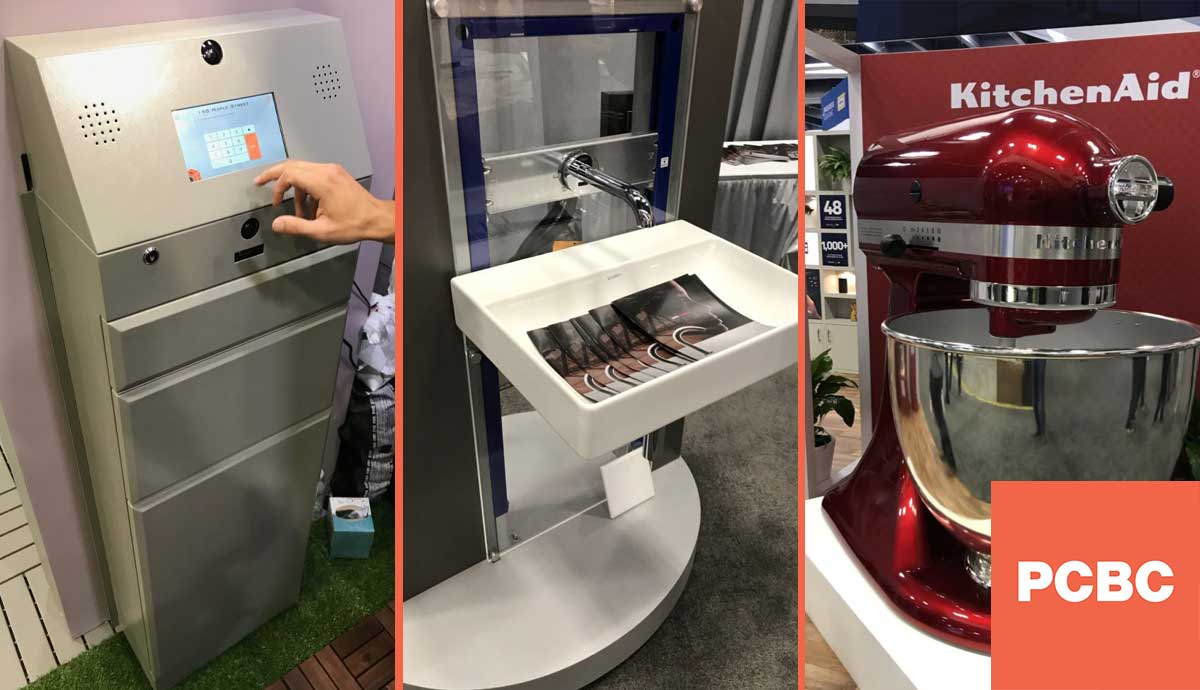
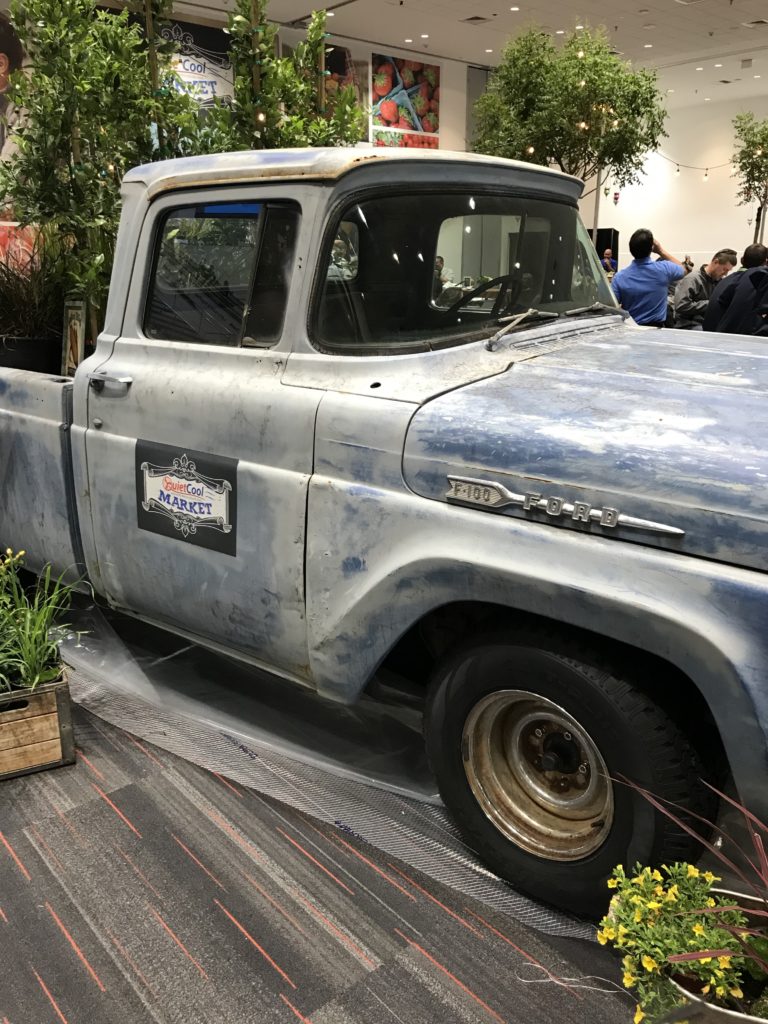
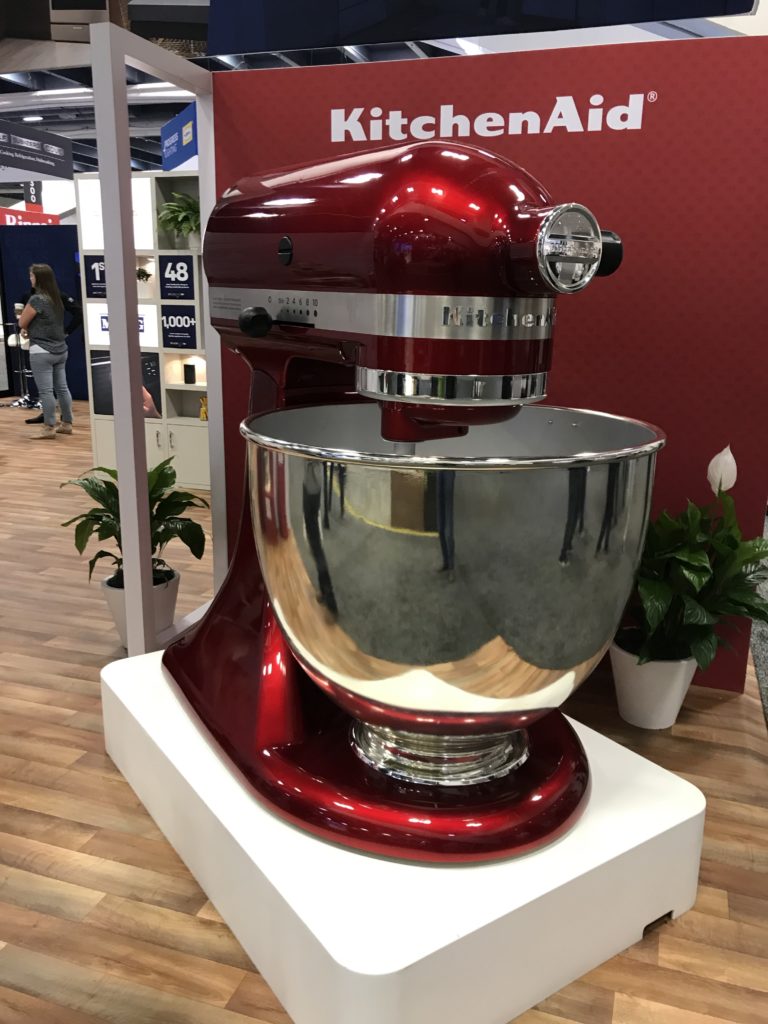
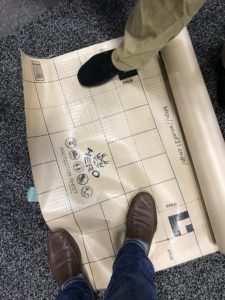

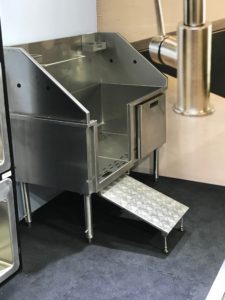
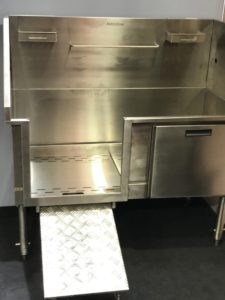
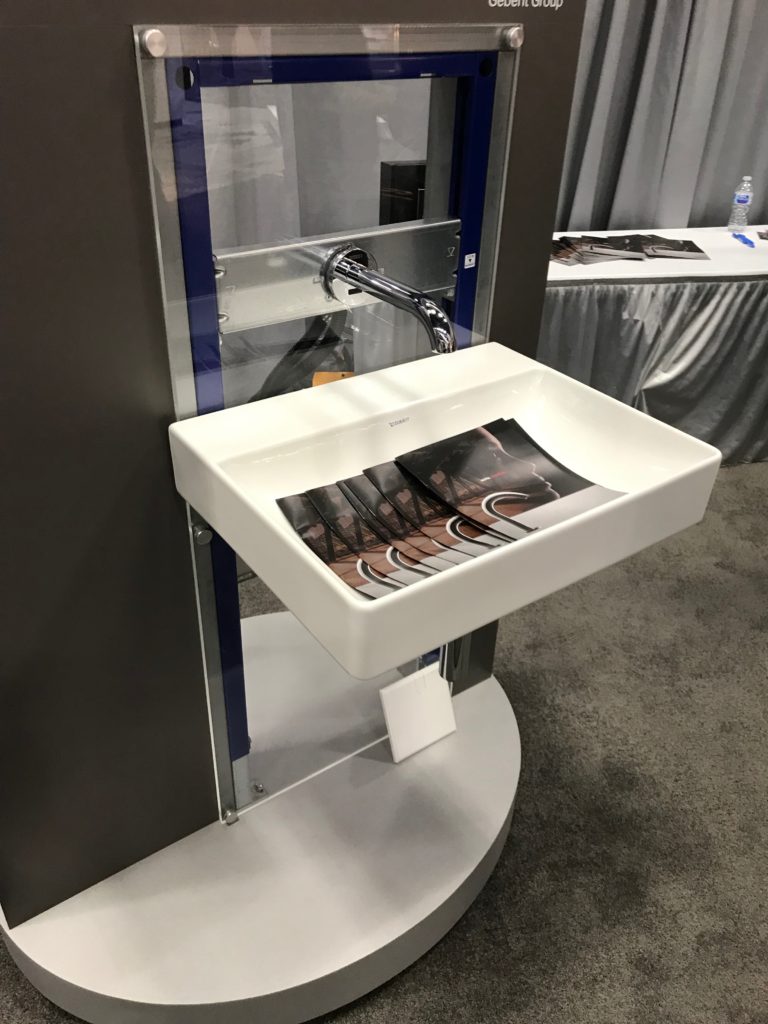
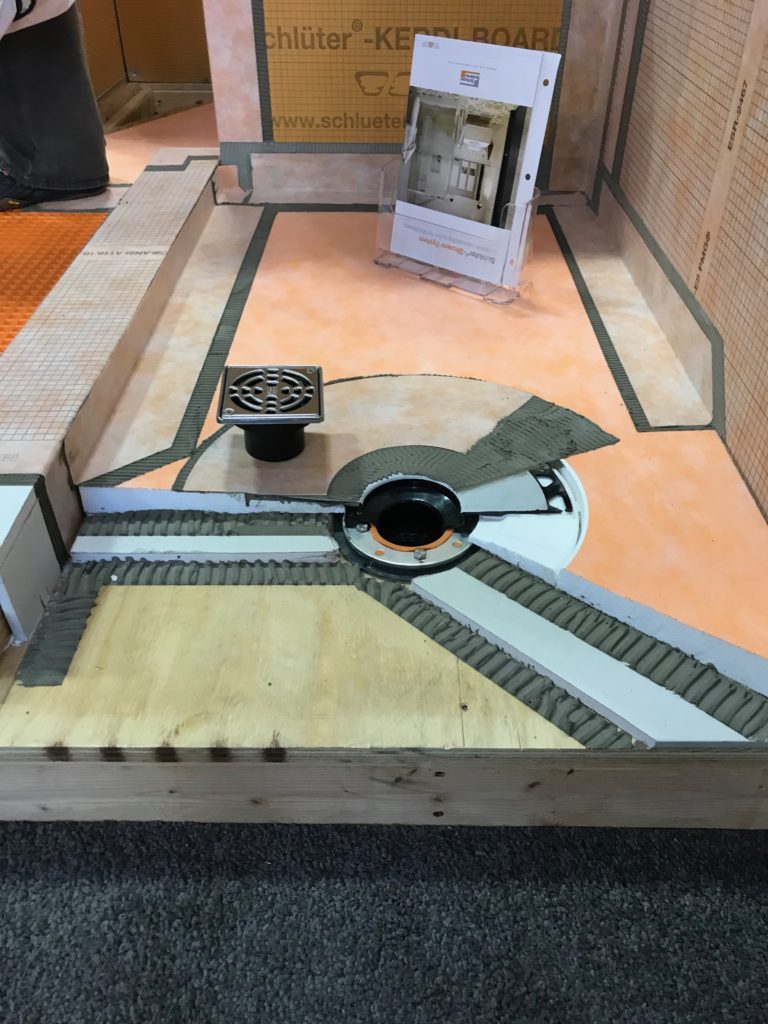
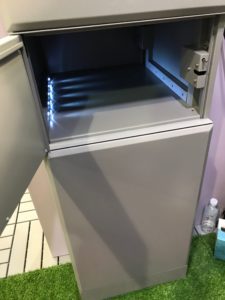
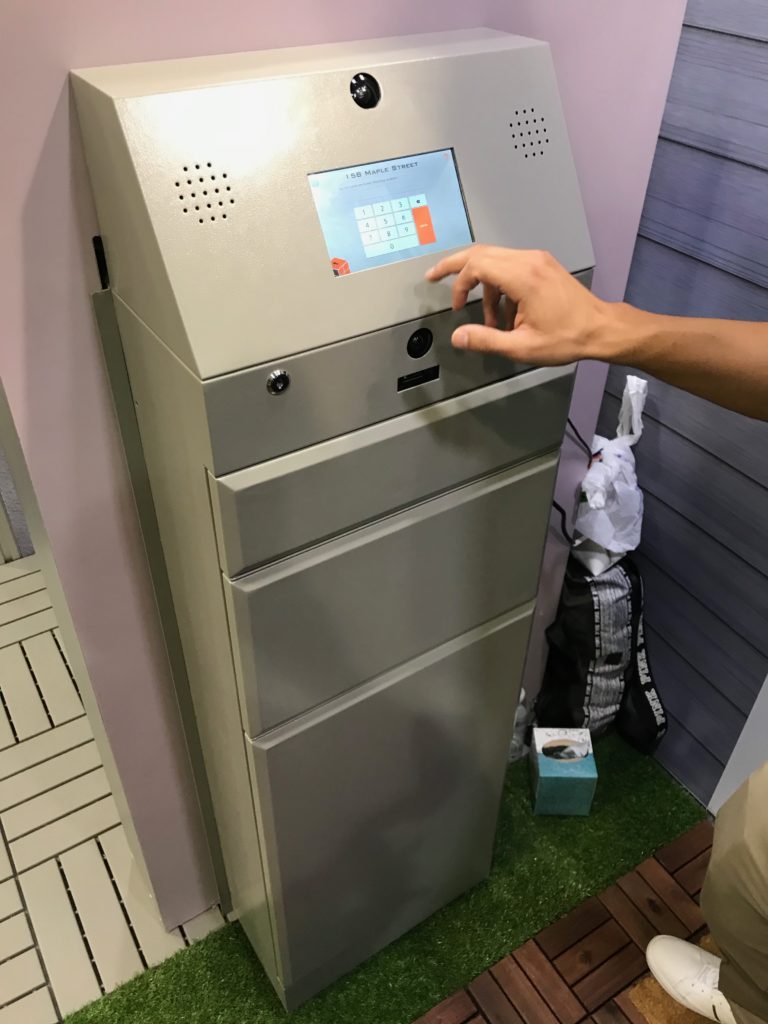
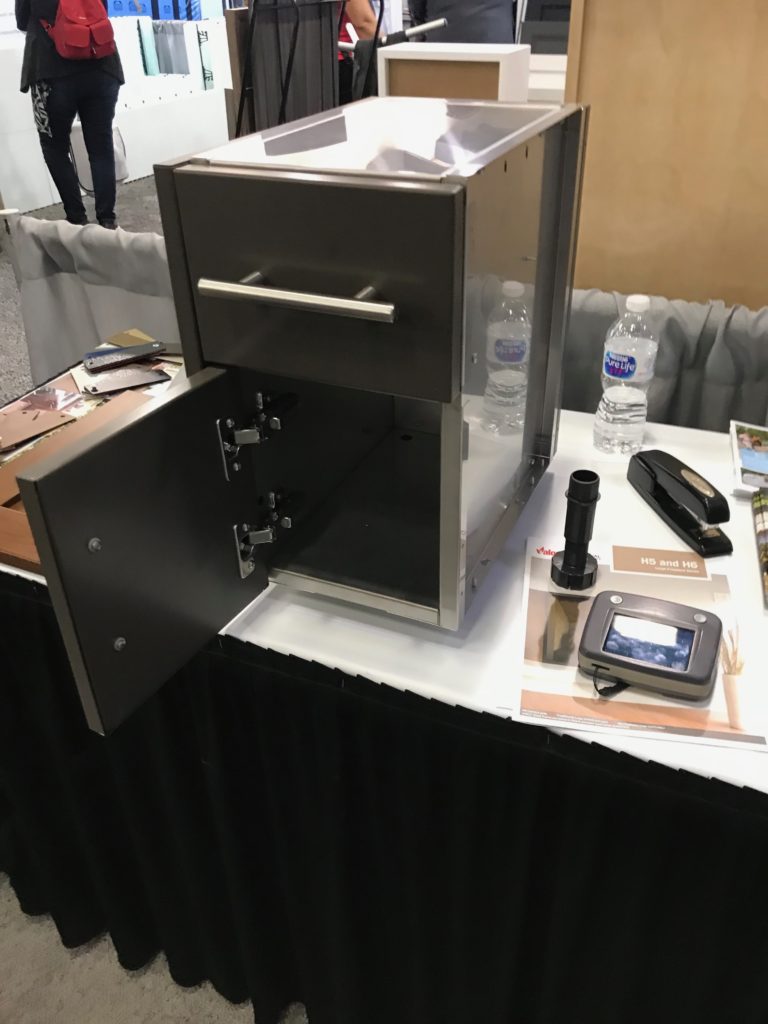


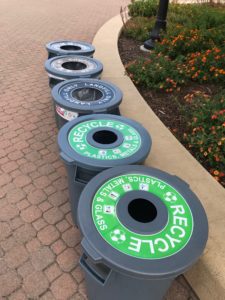




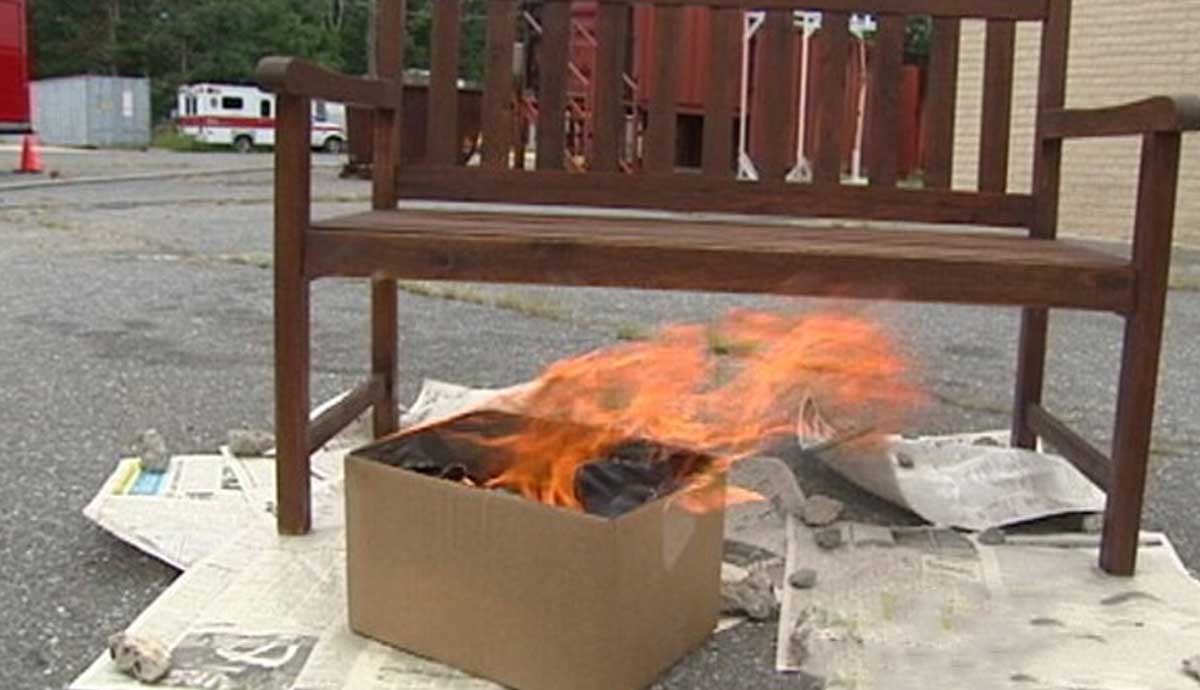
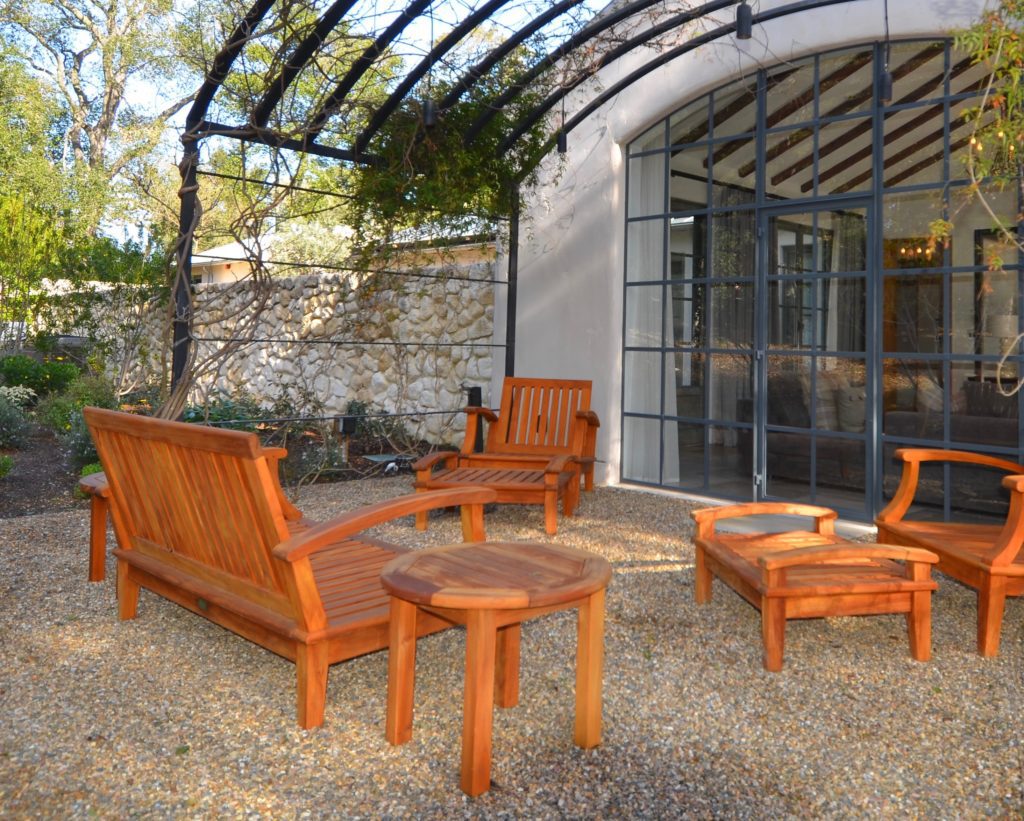

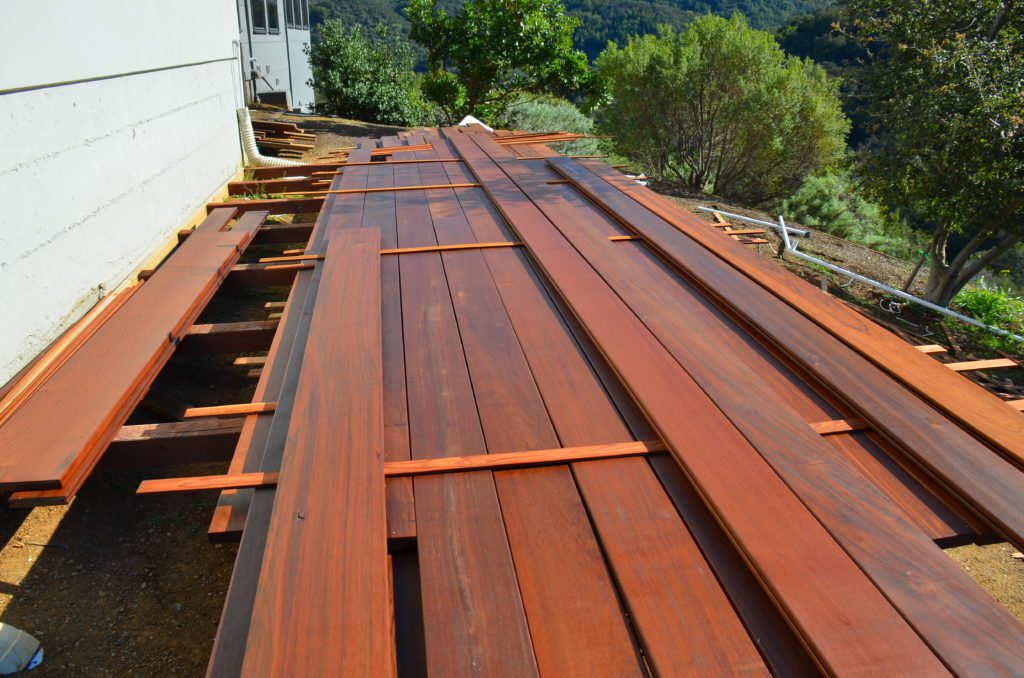
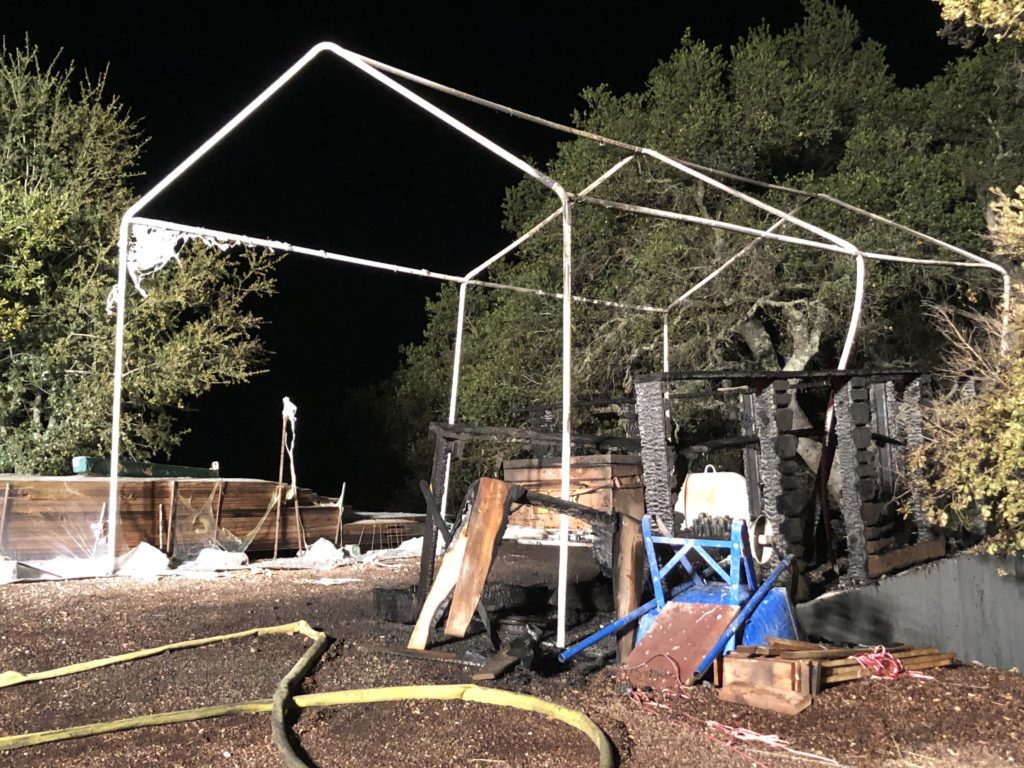
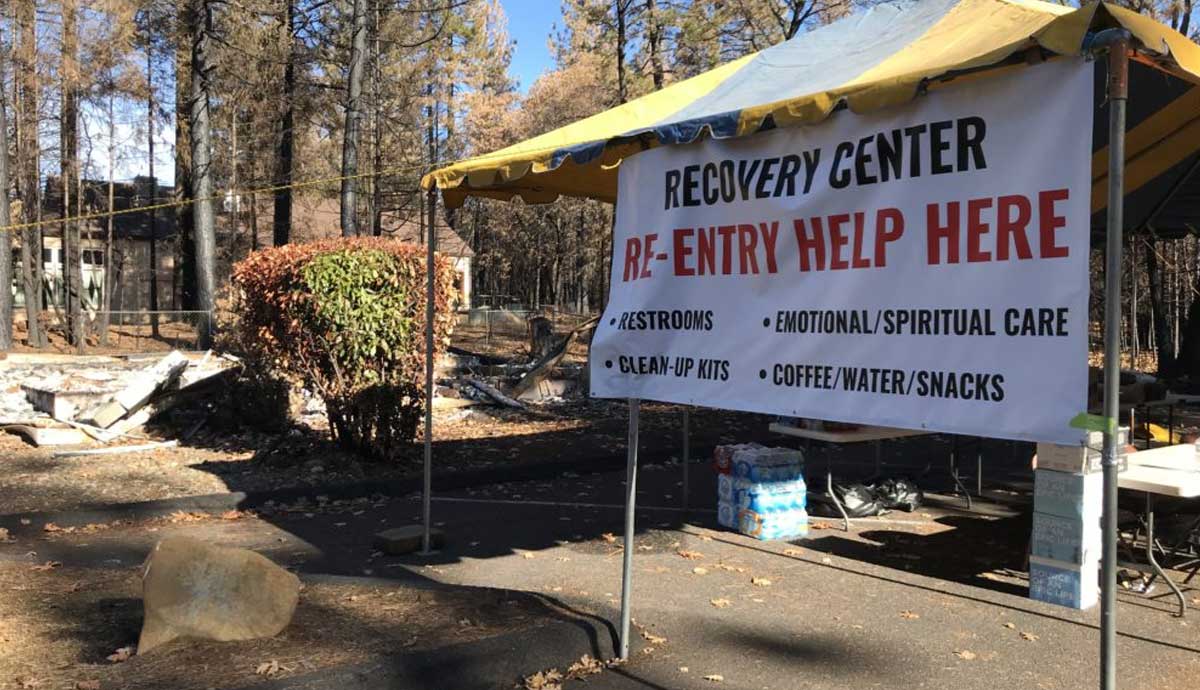
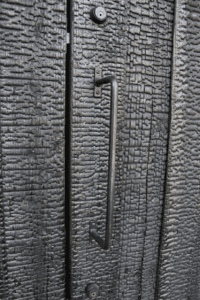
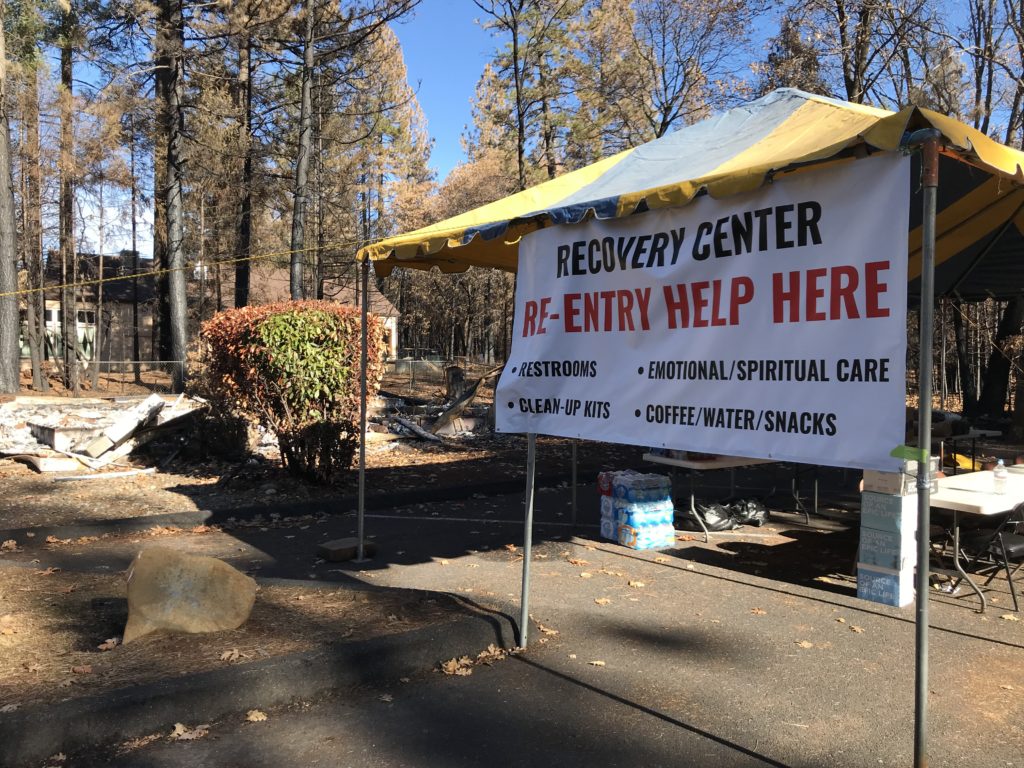


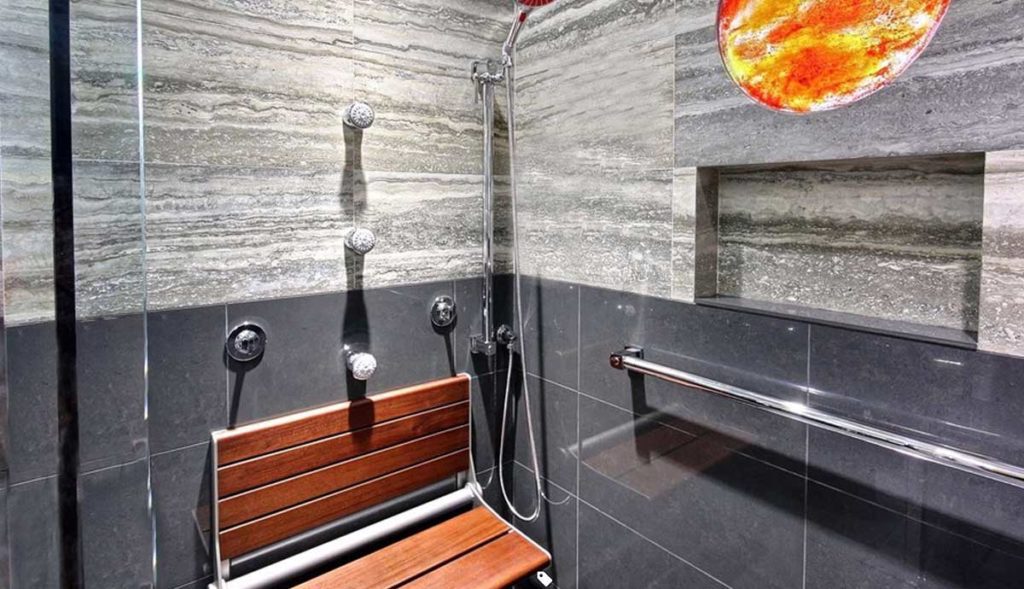

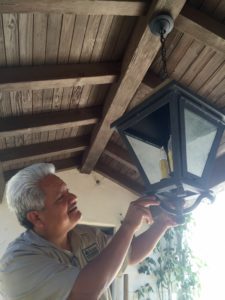
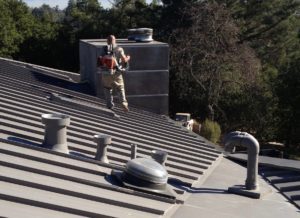
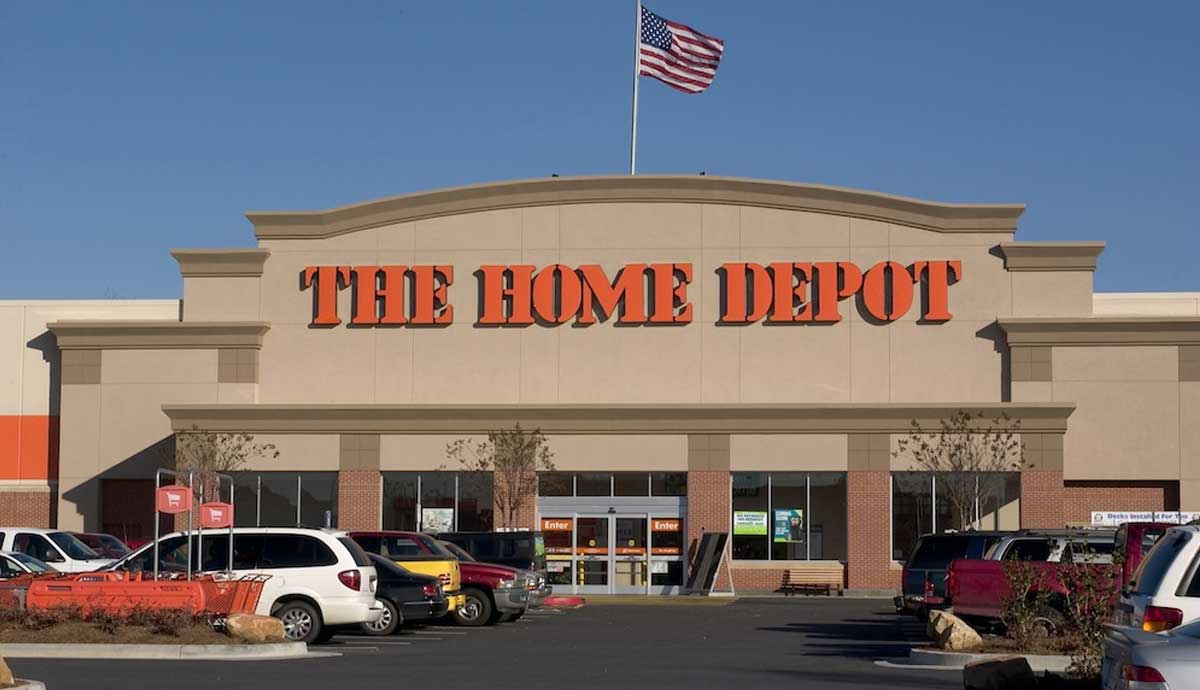

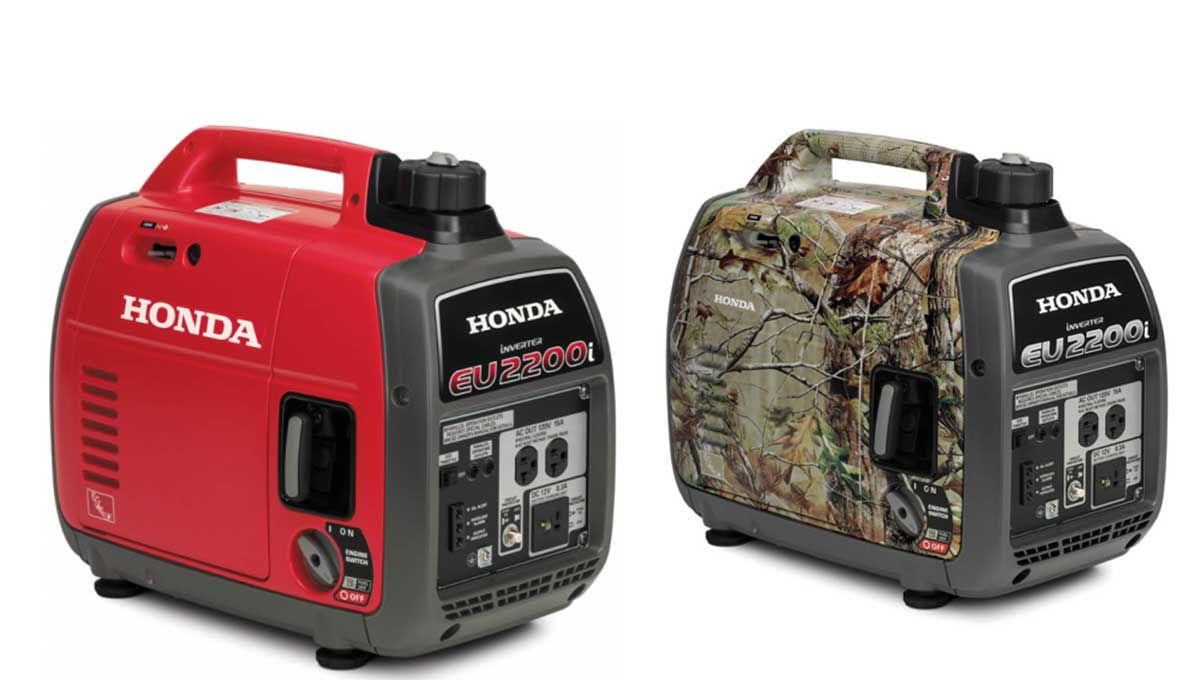
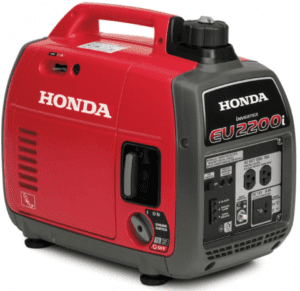

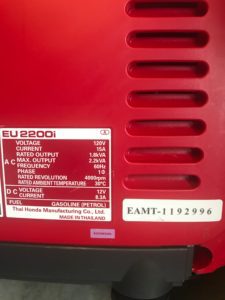
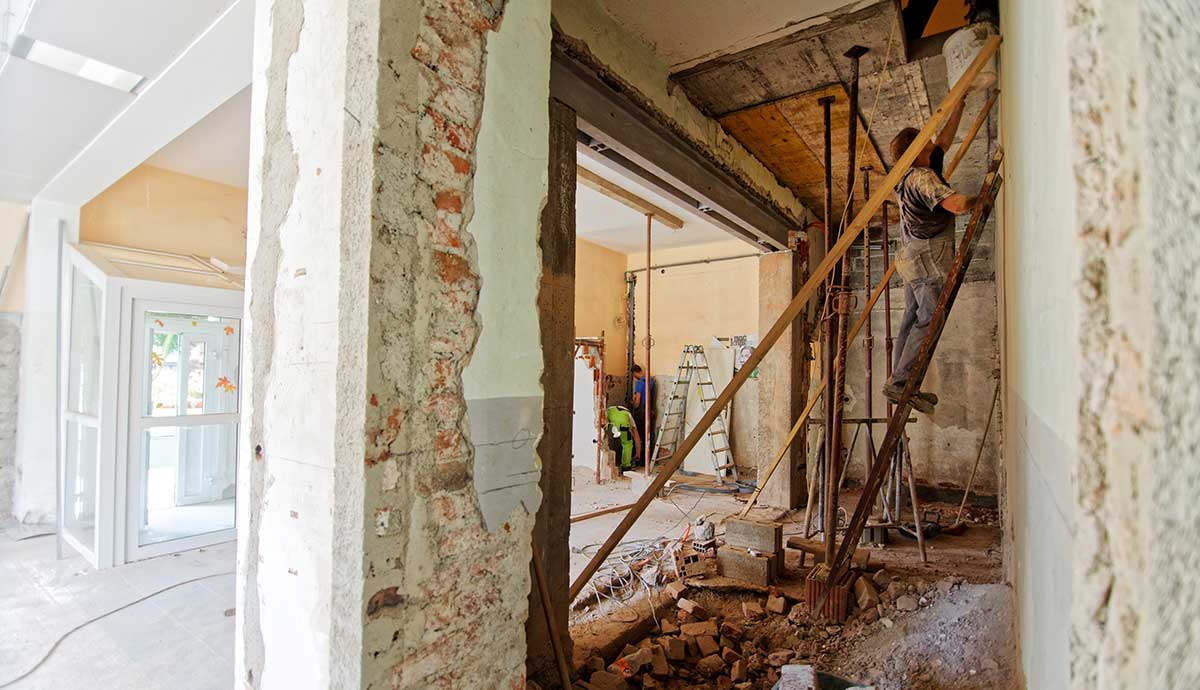
 Spending on remodeling hit a record of nearly $425 billion in 2017. This according to
Spending on remodeling hit a record of nearly $425 billion in 2017. This according to 